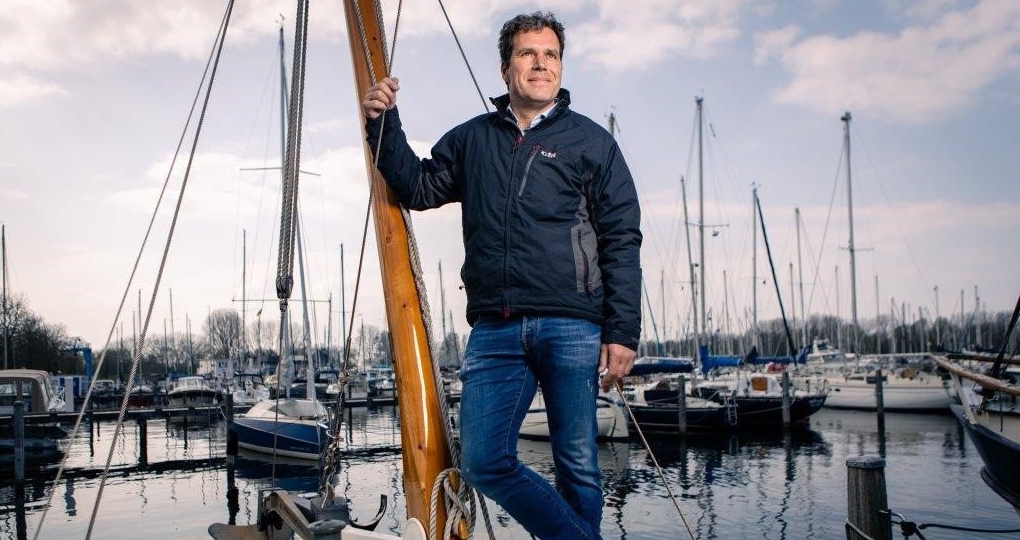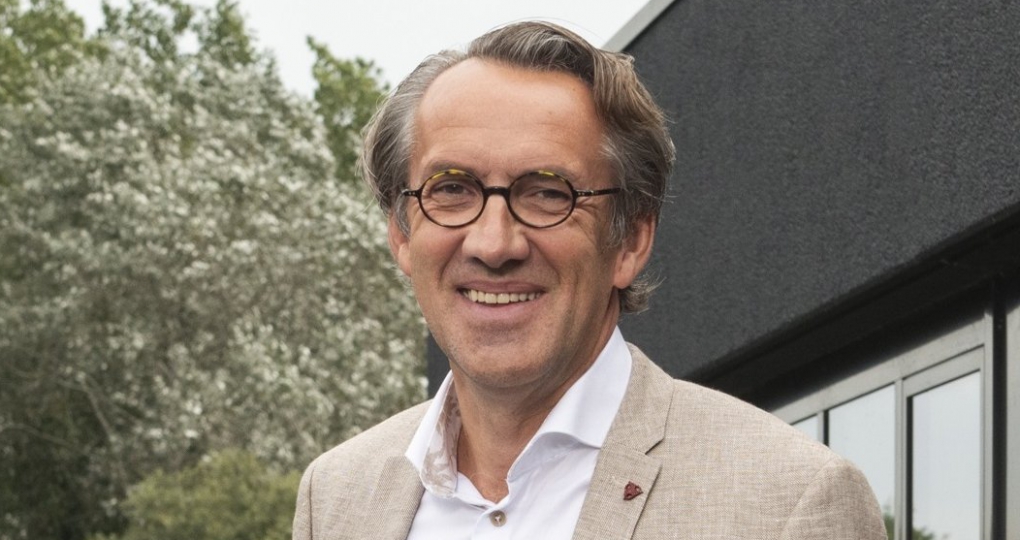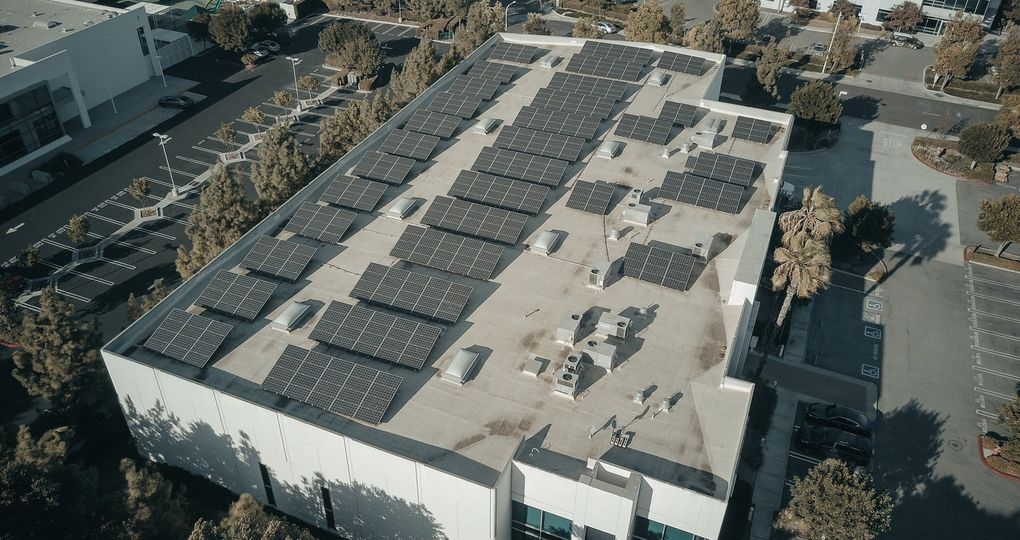Myth: heavy buildings have lower energy demand (Part 1)
Gebouwen met een grote (thermische) massa worden over het algemeen beschouwd als meer energiezuinig dan gebouwen met een lichte bouwwijze. Dat blijkt lang niet altijd zo te zijn, zo blijkt uit een vergelijking van beide concepten.
Auteurs: Christa de Vaan, Huibert Spoorenberg, Jaap Wiedenhoff
Abstract
Buildings with large (thermal) mass are generally considered more energy efficient than buildings with a light construction. This is far from true, as a comparison between the two shows. Two extremes in building concept, a very light building and a building with large building mass have been compared and their respective advantages and disadvantages have been investigated. Architecturally these two concepts are very different and this also goes for the underlying sustainable energy strategy. Good control is a key element in keeping the energy demand to a minimum and comfort to a maximum. Buildings should be designed in accordance with the local climate, so that the building shape itself can cause a reduction in energy use.
Nederlandse samenvatting
Gebouwen met een grote (thermische) massa worden over het algemeen beschouwd als meer energiezuinig dan gebouwen met een lichte bouwwijze. Dat blijkt lang niet altijd zo te zijn, zo blijkt uit een vergelijking van beide concepten. Een vergelijking is getrokken tussen twee extremen in gebouwconcept, te weten een zeer licht gebouw en een gebouw met een grote (thermische) massa en de voor- en nadelen zijn geïnventariseerd. Deze twee gebouwtypen verschillen zowel architectonisch als qua energiestrategie sterk van elkaar. Een licht gebouw is energiezuiniger, mits het binnenklimaat en daarmee het comfort met beleid wordt geregeld. Gebouwen dienen ontworpen te worden op basis van het klimaat, zodat de gebouwvorm zelf al een reductie in energiegebruik bewerkstelligt.
Building mass
One of the physical aspects that determine the energy load (heating and cooling) of a building is its thermal mass. This will influence the way the building responds to dynamic changes like temperature differences. Thermal mass in its general sense is any material that has the capacity to store heat. If the temperature of the thermal mass becomes higher than the air temperature in a room the mass will release heat thereby stabilising the room temperature. If the opposite occurs the mass will cool the room. Thermal mass also provides a time-lag in the dynamic temperature fluctuation of the internal temperatures, which can be very useful (see figure 1).
Ideal materials for thermal mass are those that have:
- high specific heat;
- high density;
- high volumetric heat capacity;
- low thermal conductivity.
Such materials are able to slowly store or release relatively large quantities of heat per unit of mass compared to other materials (see figure 2).
The thermal mass effect of the building will not only be determined by the mass of floors and walls (both external and internal), but especially by how much mass is exposed to the room air. For example suspended ceilings and closets will reduce this effect significantly. However, this would reduce the flexibility of the building.
For an initial comparison between two concepts, one with a large and one with little thermal mass. The effects of thermal mass are analysed by a simple one- or two zoned box model in which one parameter that influences the energy demand of the building can be examined at the time.
The effect of a difference in mass becomes clear when analysing the indoor air temperature of both a ‘light’ and a ‘heavy’ model when no heating is supplied (see figure 3). The time lag effect already shows in the temperature profile of the lightweight building.
However, a disadvantage of heavy buildings is that they consume more energy in winter for the simple reason that more mass needs to be heated. This means that when temperature differences between day and night are large, the energy use of a building with more mass will be higher.
Figure 4 shows a couple of winter days where the heating set point at night is set to 10°C and to 21°C during the day. In figure 5 the set point at night is 19°C. The graphs clearly show the heat storage advantages of a heavy building compared to the advantage of the lightweight building which heats up much quicker.
It is clear that the total energy use for heating is less for a light building, even though the heating is switched on sometimes during the night hours as well (see figure 5).
When the heating set point at night is set at 19ºC, the difference in total energy use for heatingbetween a light and a heavy building is much smaller.
Figure 6 shows the heating load of a heavyweight building compared to a lightweight building as a function of the night heating set point. It shows that the lightweight building uses a smaller amount of energy as long as the night temperature set point is kept below ±15°C. If the temperature does not drop below this temperature a heavyweight building is more efficient.
Contrary to the lower heating load a lightweight building has a slightly increased cooling load.
However, the total energy input for cooling is much less than for heating, so the total energy demand of a lightweight building will still be less than for a heavyweight building.
Buffer space Also in the lightweight case passive (natural, without additional energy) buffering can be applied, by using a glass cover as a buffer space. An extra layer of glass and a layer of air will provide extra thermal insulation causing less heat transmission through the building envelope. Apart from this, the space will work as a greenhouse, heated by the sun. The buffering capacity of such a greenhouse depends very much on its size and orientation, as the results show.
Figures
Figure 1 - Effect of thermal mass on the indoor air temperature.
Figure 2 - Properties of different materials suitable and not suitable to store heat.
Figure 3 - Time lag and temperature reduction in a heavyweight building and in a lightweight building.
Figure 4 - The heating load for three winter days for a heavyweight building and a lightweight building with a heating set point at night of 10°C (red line).
Figure 5 - The heating load for three winter days for a heavyweight building and a lightweight building with a heating set point at night of 19°C (red line).
Figure 6 - The heating load of a heavyweight building compared to a lightweight building as a function of the night heating set point.













